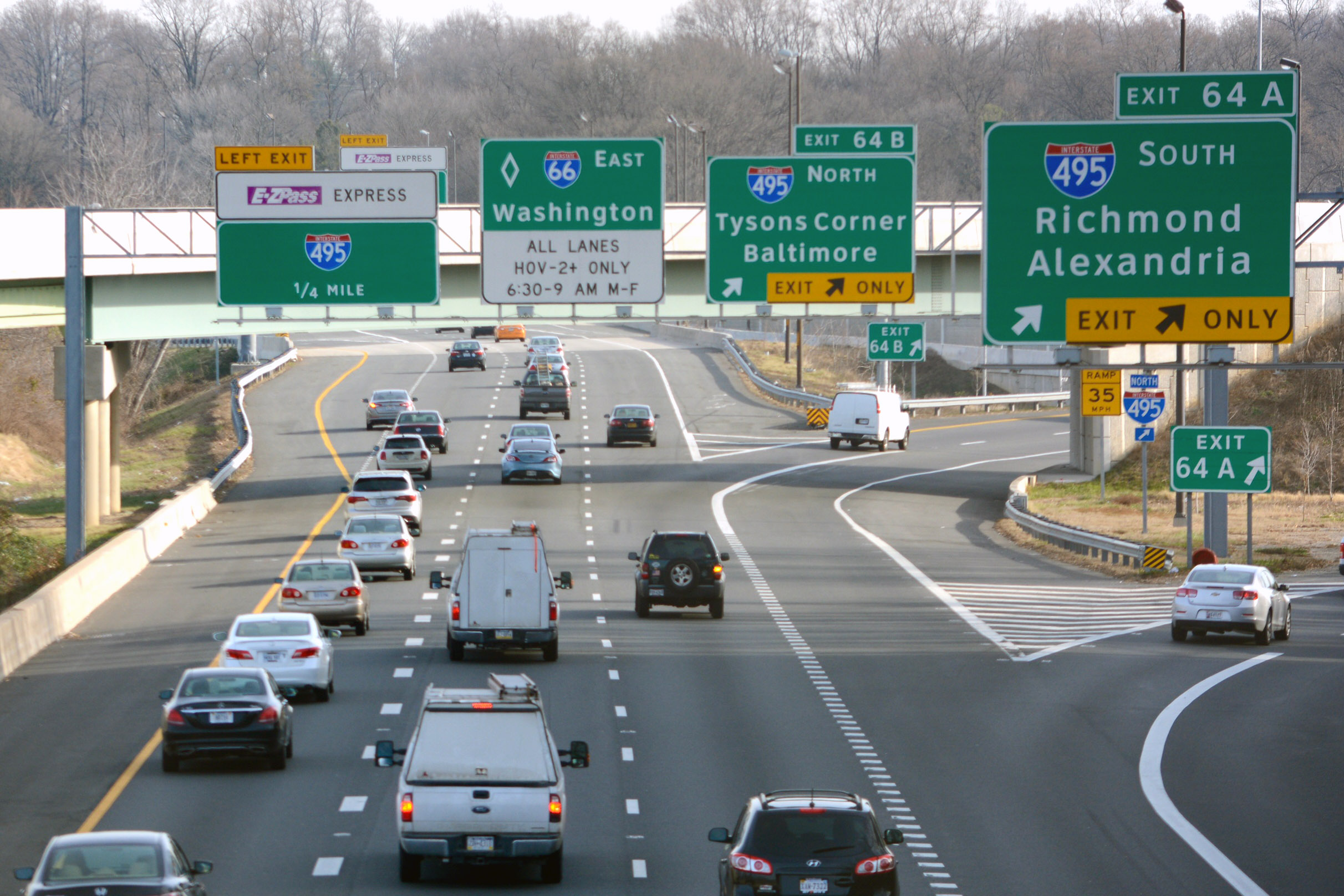FALLS CHURCH, Va. (AP) — With less than two months to complete its work, Virginia’s new bipartisan redistricting commission got down to the nitty gritty of drawing maps at its meeting Tuesday. And some legislators on the commission weren’t pleased with the first drafts they reviewed.
“I think I would be submitting my resignation from the Senate today” if the draft maps — which only covered northern Virginia — are allowed to stand, said Sen. George Barker, a Fairfax County Democrat who found himself drawn out of his district in both versions of maps reviewed by the commission Tuesday.
The redistricting committee reviewed maps prepared by two different map-drawers — one selected by Democrats and one selected by Republicans — that redraw the lines for the General Assembly in parts of northern Virginia.
Tuesday’s step was a first step and something of a baby step: Tuesday’s maps focused only on the inner suburbs of northern Virginia, which are heavily Democratic and will be so no matter how the boundaries are drawn.
Northern Virginia “is probably the least controversial area of the state,” said Democratic map drawer Ken Strasma.
And commission co-chair Greta Harris emphasized repeatedly that the maps are just drafts that can be revisited. No votes were taken at Thursday’s meeting.
Still, the maps prepared by Strasma and Republican map drawer John Morgan were sufficient to rile up some of the lawmakers serving on the commission.
In addition to Barker, commission member Marcus Simon found his Falls-Church-based district blown up under the maps drawn by the Democratic consultant. The Republican map, from a purely selfish standpoint, was better for Simon, he acknowledged.
In response to questions from Simon, Strasma said his maps gave no consideration to the residency of incumbents, even though the guidance spelled out by the commission allowed them to do so.
Barker and other lawmakers have warned that the commission ignores political realities like incumbency at its own peril, because the maps drawn by the commission still must be approved by the General Assembly in an up-or-down vote. If the legislature doesn’t approve the commission’s work, it would ultimately fall to the state Supreme Court to draw the lines.
As map drawing moves to other parts of the state in coming weeks, the challenges will increase. Demographics and voting patterns in other parts of the state bring sensitive questions of racial balancing into play that aren’t nearly as prevalent in northern Virginia. The commission has to be careful of both “packing” and “cracking” — either packing Black voters into a single district to dilute their influence in other districts, or cracking Black populations into different districts to split their votes.
Failing to find the right balance can leave the lines subject to a lawsuit alleging racial gerrymandering. Indeed, courts ordered numerous boundaries in Virginia to be redrawn after the 2010 Census after courts ruled that Republicans drew the lines in a way that diluted influence of Black voters.
The new maps, of course, also have to reflect the population changes reflected in the 2020 Census. A preliminary analysis by the nonpartisan Virginia Public Access Project projected that in the House of Delegates, Democratic northern Virginia could pick up two seats, while Republican southwest Virginia will likely lose a seat.
All 100 House of Delegates seats will be up for election this November under the existing lines. It’s not yet clear when elections will be held under the new lines.
Democrats currently have a 55-45 advantage in the house of Delegates and a 21-19 advantage in the state Senate.
The schedule spelled out in state law requires the new maps to be completed next month.
Copyright © 2024 The Associated Press. All rights reserved. This material may not be published, broadcast, written or redistributed.







